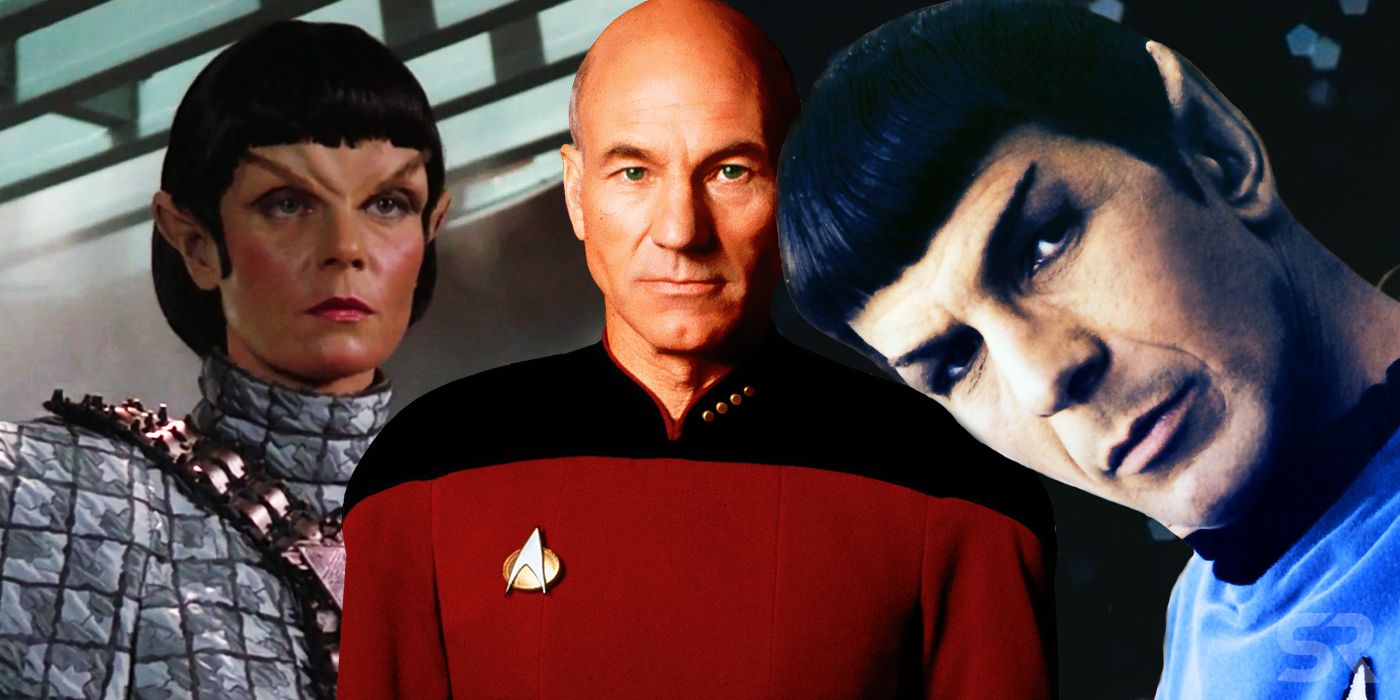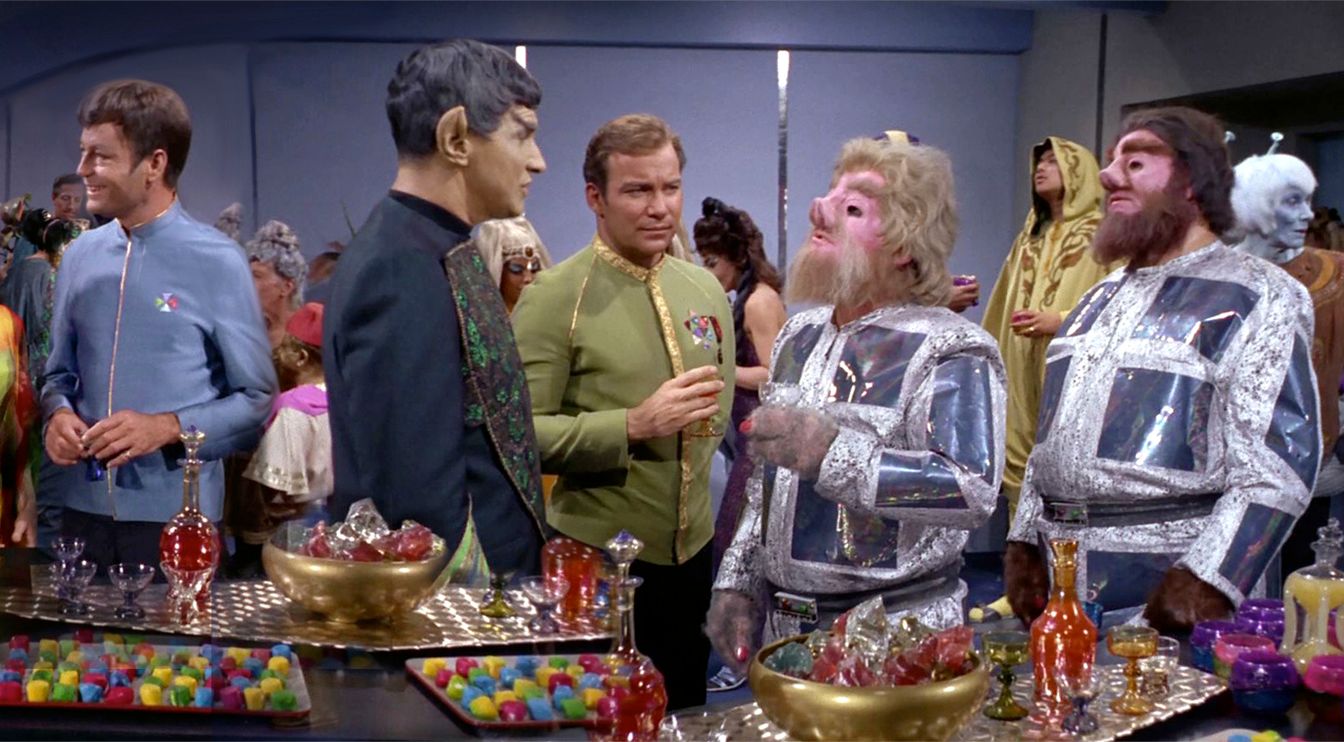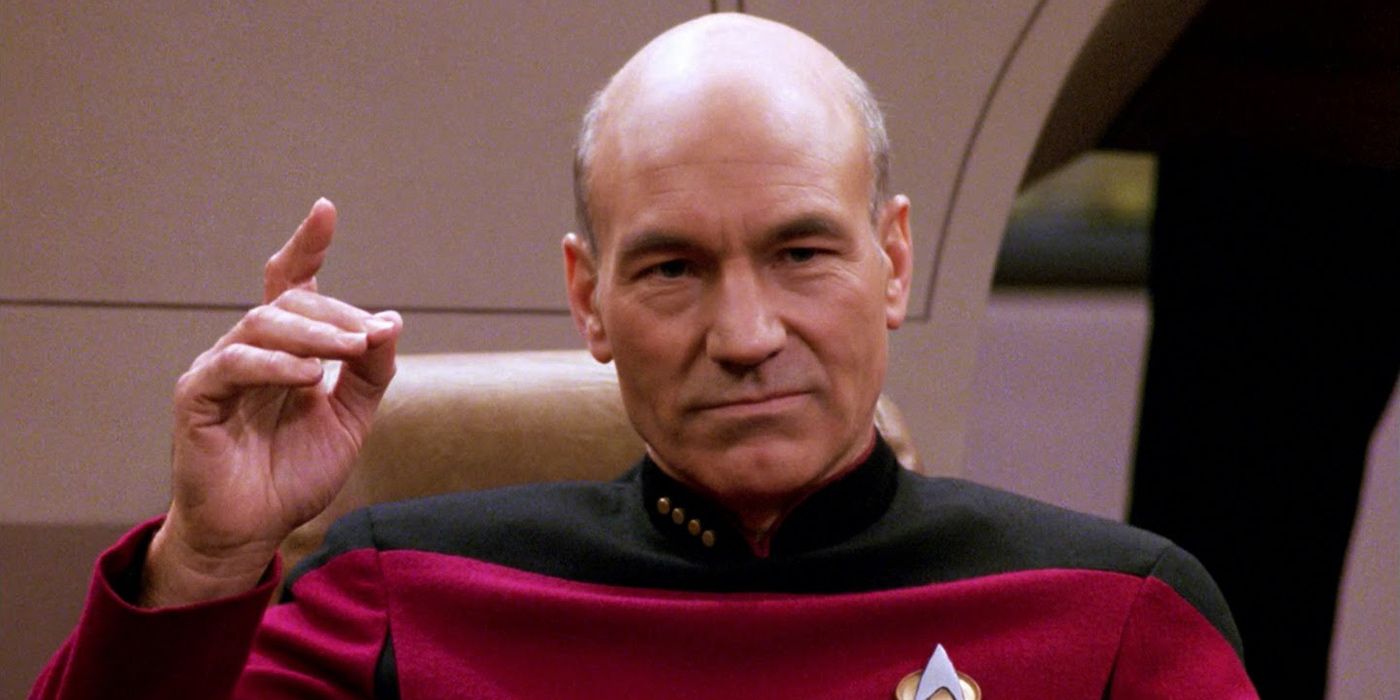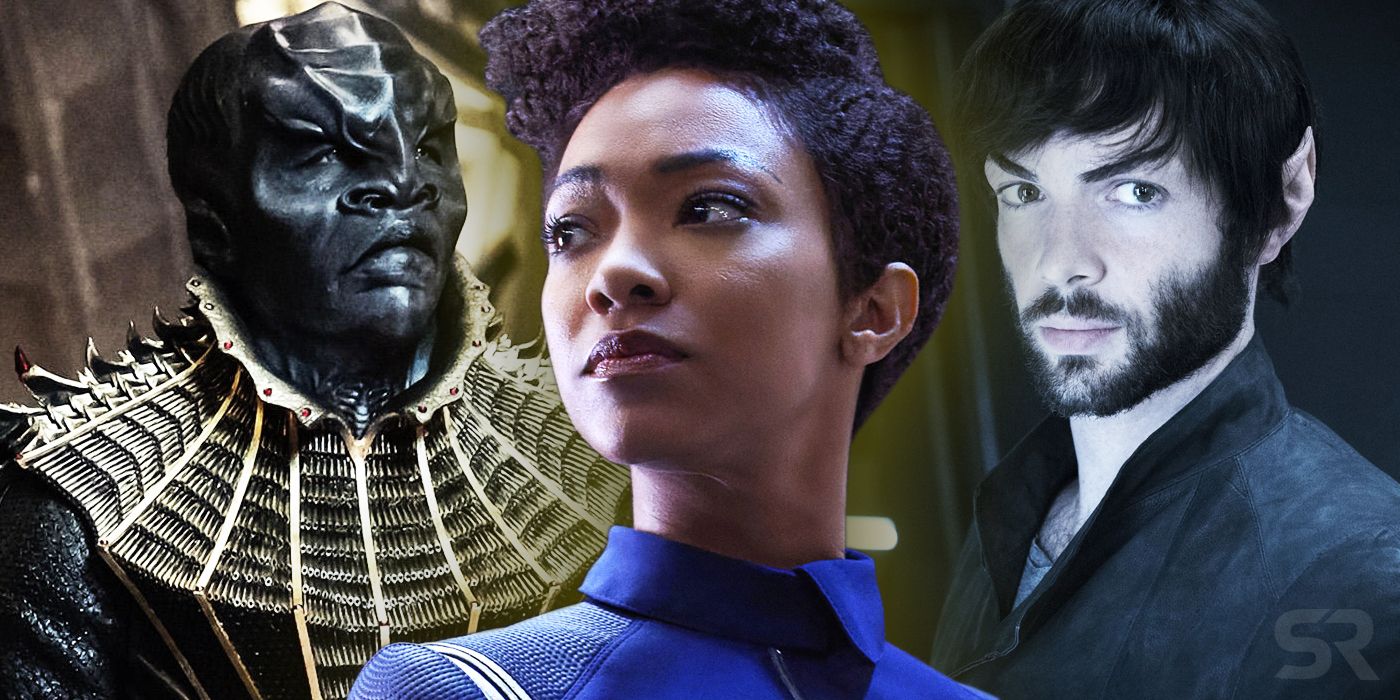One of the most common criticisms of Star Trek over its long and storied history has been its somewhat limited physical portrayal of its aliens, but there are multiple purposes for that ostensible shortcoming. Star Trek is home to some of the most iconic alien species in all of fiction; the emotionless Vulcans, the duplicitous Romulans, and the violent, honor-obsessed Klingons are all part of the cultural lexicon at this point, with characters like Spock and Worf appreciating their status as household names. Yet even those species are aesthetically defined by what amounts to some fairly basic prosthetics glued onto actors' heads.
Most science fiction franchises at least attempt to implement some non-humanoid aliens, perhaps most famously utilized in Star Trek's biggest competition in popular space fiction - Star Wars. With very few exceptions - we'll get to those in a moment - there's nothing like fish-man admirals or tiny green Jedi warriors in Star Trek. Over the years, the franchise has established both real-world and in-fiction reasons for the physical similarities, some more convincing than others.
With Star Trek looking to expand massively as Discovery season 3 moves into the far future, Picard reunites The Next Generation fans with Jean-Luc, and even more TV shows are in the works, we can expect many more humanoid aliens. Here's why the future doesn't go as bold as you'd expect.
The Real World Reason: Most Star Trek Was Cheaply Made
To invoke Star Wars again, this is a franchise that never flirts with billion-dollar movie grosses or ratings dominance on television. Star Trek: The Original Series first aired for three seasons starting in 1966 on NBC. Despite a devoted cult following, the show struggled to maintain an audience and TOS was ultimately canceled after season 3. Due to its relative underperformance and the fact that special effects were limited even for the most lavish productions of that era, the crew of The Original Series had to get innovative. The show's most omnipresent extraterrestrial, the Vulcan Spock, was made to look alien with fairly simple ear prosthetics, shaved eyebrows, and a bowl cut. The original Romulans looked essentially identical to Vulcans, meaning they simply borrowed Spock's prosthetic and makeup design. Even the original Klingons were just actors with fake beards and dark makeup on their faces; most of those actors were white, which makes watching those episodes in the 21st century more than a little uncomfortable.
Star Trek: The Original Series made a few attempts at non-humanoid aliens, with mixed results. The best was likely in the beloved episode "The Devil In The Dark," where Kirk and Spock attempt to hunt down an alien that is gruesomely murdering workers on a mining planet. The creature is eventually revealed as the Horta, a misunderstood alien simply trying to protect its young. The Horta itself was played by Janos Prohaska, who created many of the special effects for the show. The Horta was intended to appear as a creature of living rock, but ended up looking more like a giant pile of burnt cheese. Still, Prohaska managed to make the Horta seem alive, and the seriousness with which William Shatner and Leonard Nimoy acted alongside the Horta made that particular experiment a success. Less impressive efforts include the Alfa 177 Canine species seen in "The Enemy Within," which was basically a small dog in a wig.
While their efforts were shaped by practical, real-world limitations, this simplicity would go on to define the look of the franchise for the next six decades. When Star Trek was revived for the small screen in 1987, Star Trek: The Next Generation spruced up some of the alien looks - the Klingons now had their iconic forehead ridges - but for the most part, the designs from TOS were simply updated and make to look a bit sleeker. The Vulcans have remained physically unchanged for the entirety of Star Trek's run - the Sarek in Star Trek: Discovery looks just like the Sarek seen in The Original Series.
The In-Universe Reason: Star Trek's Aliens Share Humanity's Ancestor
While Star Trek: The Next Generation was more than happy to continue in the aesthetic footsteps of The Original Series, it eventually became a more thoughtful, meditative show than its predecessor. In the season 6 episode "The Chase," TNG establishes an in-fiction reason for why humans and aliens look so similar. Captain Picard is delighted by a surprise visit from his archeological mentor, Dr. Richard Galen. The doctor wants Picard to accompany him on an important archeological mission, but Picard declines.
Soon after, Galen is killed by a Yridian ship for reasons that are not made immediately clear. Picard eventually realizes Galen had found a piece of an ancient puzzle and wanted Picard's help in solving the mystery. As they investigate Galen's findings, the Enterprise finds itself accompanied by Klingon, Romulan, and Cardassian ships also looking for whatever Galen discovered. Eventually, the four parties pool their resources and find an ancient, uninhabited planet. On the planet, they are greeted by a holographic message recorded by a long-dead humanoid species. The message explains that this civilization existed billions of years ago, but that they were utterly alone in the universe. In an effort to create similar civilizations, the ancient race seeded their DNA across the galaxy, meaning that humanity and most of the galaxy's humanoid alien species shared a common progenitor.
The notion of sharing ancestry disgusts the Klingons and Cardassians, but the Romulan commander offers the thinnest of olive branches to Picard in the aftermath, suggesting that their peoples have more in common than they understood, and peace between humanity and the Romulans might one day be possible. "The Chase" not only offered a perfectly acceptable fictional explanation for all those prosthetic foreheads, while also seeding a possible relationship between Picard and the Romulans, rumored to be a major plot point in the upcoming Star Trek: Picard.
Humanoid Aliens Are Part Of Star Trek - And Always Will Be
It's unlikely Star Trek is ever going to dazzle audiences with creature effects. The modern interpretations have come close on a few occasions - Scotty's diminutive friend Keenser from the J.J Abrams films and Star Trek: Discovery's Saurian Lieutenant Linus look like they would be at home in a Star Wars production. But the iconic alien aesthetics - the Vulcan ears, the Klingon forehead ridges, the Ferengi earlobes - are all low tech, practical work. Some of them may have been modified over the years - like Discovery's highly polarizing, Orc-looking Klingon redesign - but that aesthetic simplicity still tends to cut through.
That low budget, DIY-feel is part of the DNA of Star Trek. It's the smaller-scale, more thoughtful science-fiction franchise, almost never relying on space battles or fistfights to tell the kind of stories it was meant to. And in the age where CGI surrealism dominates not only science fiction, but just about every genre movie and TV show in existence, there's something comfortingly tactile and real about actors performing Shakespearean dialogue with faces covered in rubber.
The explanation offered in "The Chase" is great for fans who like everything to make perfect sense in their fiction, but the blunter real-world explanation is just as thematically important as the fictional one, embodying the franchise's underdog status, that while plenty of science fiction franchises aim for the cheap seats, Star Trek is defiantly specific, a sharply focused vision of a better, more optimistic future. Let's just hope there's a lot of spirit gum in the 24th century.




